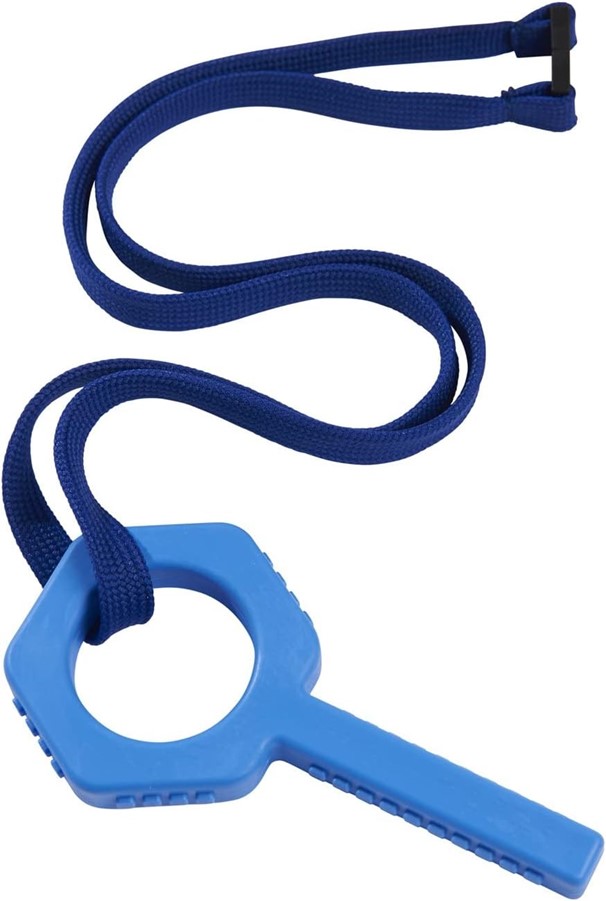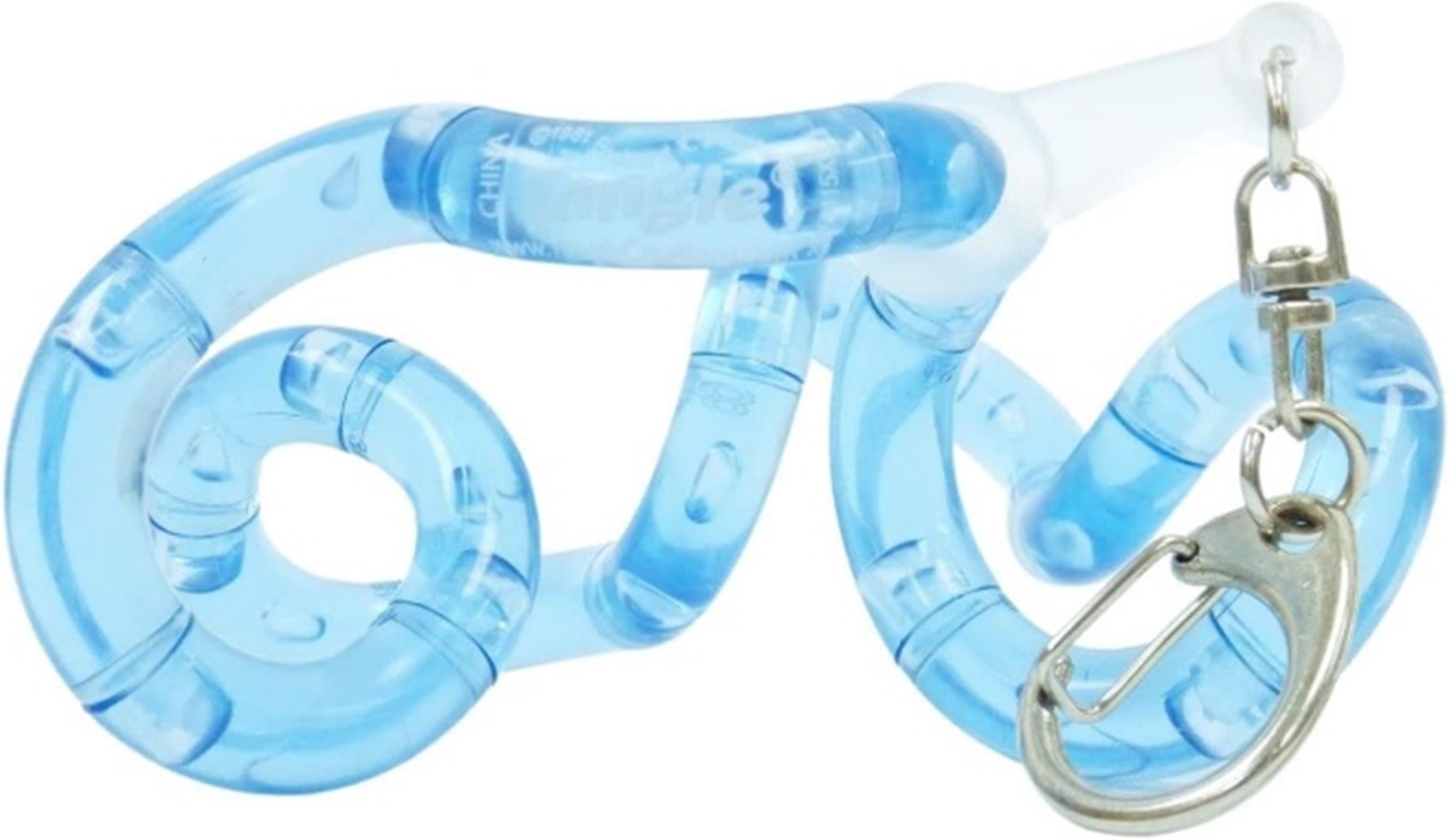Alerting, organising and calming strategies for sensitive children
- SEND
- Behaviour, emotions and mental health
- Child development and growing up

Sensitive children and young people can find it difficult to regulate their senses. This means it can be harder for them to calm down or focus on a task. This can impact their performance at school.
There are various strategies that can be used to help your child or young person. Each child is unique. This means that some strategies can excite or alert them or they could do the opposite and calm them down.
Explore the topics on this page:
How to pick activities and strategies
There are many activities that can be used to help your child or young person. Each child and young person is unique. This means that some strategies can excite or alert them or they could do the opposite and calm them down. The activities on this page will have different effects on different children at different times.
We all have our own sensory likes and dislikes. Our responses to our senses can change depending on our:
- blood sugar levels
- energy levels
- mood
- environment
Types of activities
There are three types of activity that can be used to help sensitive children and young people.These activities can help them regulate their senses. The activities can be used in any kind of environment.
- Alerting - helps children with low energy
- Organising - helps children to focus on a task
- Calming - helps children with high energy
You can use these types of activities individually or as part of a circuit. Circuits can be used at home or in school. The circuit can be used to help establish, restore or maintain your child's ability to self-regulate their nervous system.
If you plan to use these activities as part of a circuit or routine, start with alerting activities, then organising activities and finish with calming activities.
Alerting
Alerting activities can also be known as engaging activities. Alerting activities help prepare the brain for learning. These activities provide the brain with sensory information every time their head moves in relation to gravity within a controlled environment. This is also known as vestibular stimulation.
Alerting activities can help your child or young person to focus on a task or activity. These activities are especially helpful if your child is feeling anxious, disorganised or vigilant.

Alerting activities can help also help with balance and spatial awareness (vestibular) and movement (proprioceptive) skills.
Remember, each child or young person is unique. This means that some of these activities may help some children but not others. Think about your child and the type of activities they like to do.
Characteristics of alerting: quick paced, comple, pronounced and high intensity, non-rhythmic, unpredictable, novel and high demand.
Alerting activities
These activities are usually linked with alerting or helping children and young people focus.
- Listening to music with:
- lower frequencies such as drums and bass.
- higher frequencies such as cymbals, flutes and singing
- a fast beat such as songs with a higher BPM (beats per minute)
- A light brushing touch.
- Moving fast. This could be exercises like running between two points, bouncing on a ball or spinning around on the spot.
- Eating intense flavours like sour or spicy foods.
- Experiencing cold temperatures. This could also include eating cold foods.
- Watching fast, bright and unpredictable visuals. This includes watching fast cars or headlights.
- Doing heavy work activities.
Organising activities
These activities will help your child and young person to focus on a task or activity. Organising activities are activities or exercises that require your child or young person to think about what they are doing, as they are doing it. They often require planning what to do next, coordinating their body and following a sequence.
Make sure that the activity goal is easy for your child or young person to achieve. This will help build their confidence.
Organising activities are a great time to help develop your child's movement (proprioceptive), balance (vestibular), and timing skills.

Remember, each child or young person is unique. This means that some of these activities may help some children but not others. Think about your child and the type of activities they like to do.
Organising activities
These activities are usually linked with helping children and young people to organise their thoughts.
- Rhythmic movements like marching on the spot
- Playing games that require coordination and planning like hopscotch or catch
- Doing heavy work exercises
- Balancing exercises like balancing on a beam, using a wobble board or using a t-stool
- Lying on their tummy (stomach) to do a task like colouring or writing
- Setting up an activity or tidying away an activity
Blindfolded game
- Child closes their eyes
- ask them to feel different body parts such as their legs, hands and arms
- Ask them if they are up or down
- Ask the child to move into different positions if their eyes closed such as touching their nose, making circles with their arms or making an X with their arms and legs.
Calming activities
Calming activities are very important as they help centre your child or young person. It can be very hard to for a child or young person to calm themselves down when they are distressed or upset. These activities can be helpful when your child or young person is overstimulated or overwhelmed.
Deep pressure (proprioception) activities or exercises can be very helpful for some children and young people. Deep pressure activities can help the body control the physical and emotional responses to the sensory overload.
Please be aware, deep pressure activities may be overstimulating for some children. Think about your child or young person and whether or not the deep pressure activities are right for them.

Calming activities
These activities are usually linked with calming children and young people.
- Listening to slow rhythmic music
- Doing heavy work exercises
- Eating bland or sweet foods
- Chewing
- Breathing out slowly, blowing bubbles or paper windmills
- Slow movements back and forward in a straight line like swinging on a swing
- Receiving firm or pressured touch like a big hug or a massage
- Deep pressure activities like:
- putting their feet or hands in weighted bean bags
- lying under weighted blankets
- lying on a pillow, cushion or mat and having a ball or space hopper rolled along their back
- rolling up tightly into a blanket (sometimes referred to as a blanket burrito wrap)
- wearing a heavy coat - only if this is appropriate for the weather
Helpful equipment, tools and toys
Some children and young people need a little extra help to focus. There are lots of different types of equipment, tools and toys available to can help. The type of equipment, tool or tool needed will depend on what your child or young person's sensory needs are. For example, they may need something to chew or fiddle with to help them focus.
Body awareness and movement
Taste
Touch
Last reviewed: 1 November, 2024

























